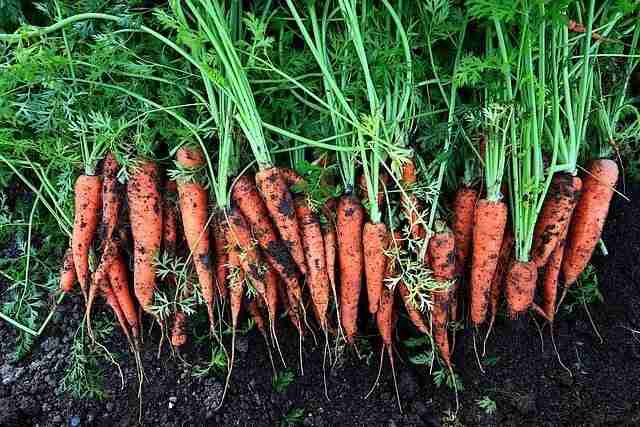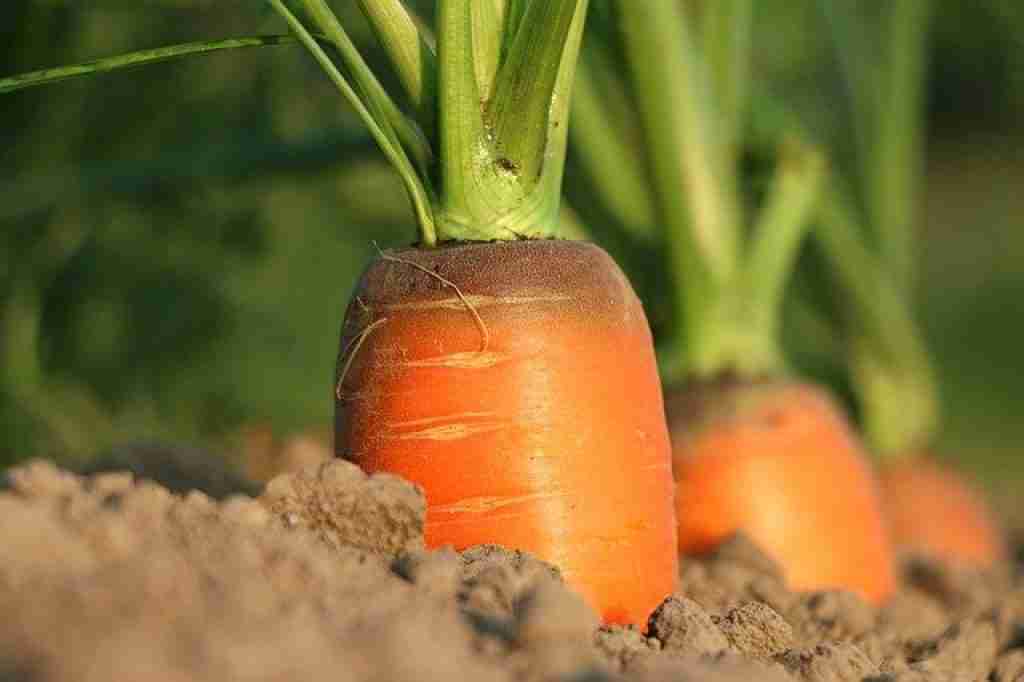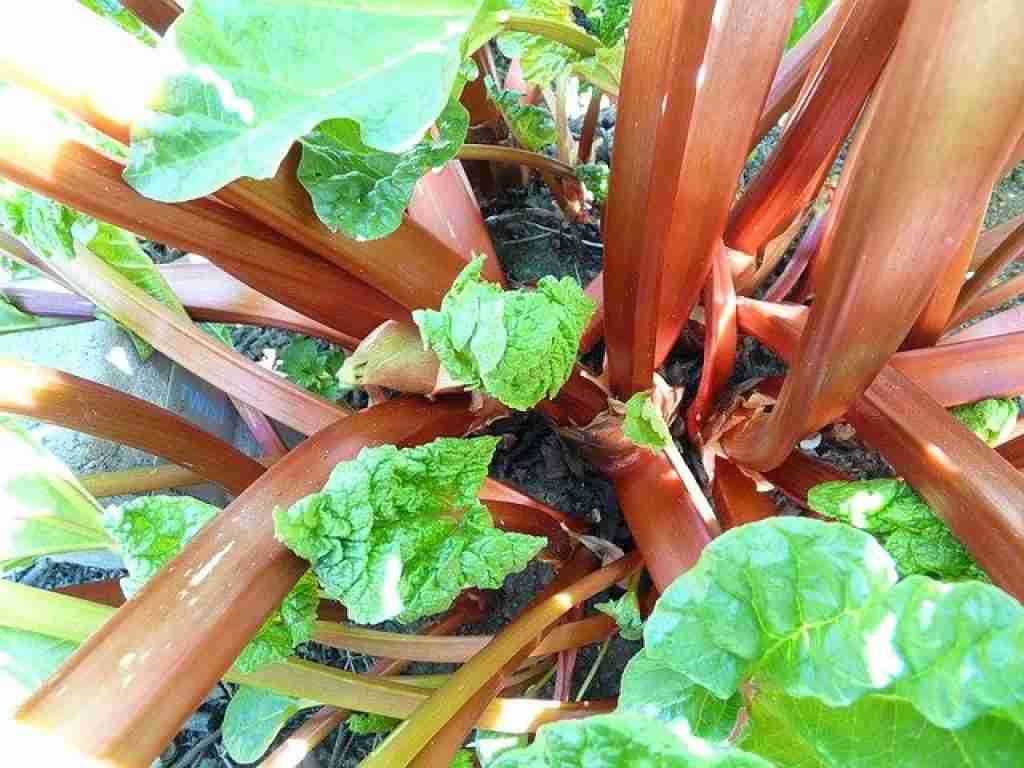To get that perfectly formed carrot, it’s important to grow them in sandy soil. While sandy soil is best for growing carrots, it’s not a very common soil type in gardens.
This means that to get a perfectly shaped carrot, you’ll want to invest in preparing a garden bed for this specific purpose. In this article, we’ll tell you exactly how to make sandy soil for carrots and explain a bit why sandy soil is important.
There aren’t many reasons why you’d want to make your soil more sandy, so you probably haven’t come across this process yet. Don’t worry, we’re here to help.
Why are carrots grown in sandy soil
Carrots are grown in sandy soil because they need a loose medium (soil) free from stones and clumps to form uniformly shaped carrots. As carrots develop, the taproot will grow down and enlarge as it matures.

If the soil is too dense (such as with clay soils) the carrot won’t be able to elongate down and will end up looking quite stunted. On the other hand, if the soil is a nice loamy consistency but hasn’t been filtered for things like rocks and gravel then the carrot will deform to grow around these obstacles.
How to make sandy soil for carrots
To make sandy soil for carrots prepare the soil by adding varying amounts of coarse builders sand. Mix the sand well through the soil by double digging with a spade or fork, or by using a tiller. This should be done if growing on the ground, making a raised bed, or growing your carrots in containers.
Use the correct type of sand
Before we go into the differences in these three planting conditions, I what we mean by sand. When growing carrots, it’s important to use coarse builders’ sand. Ocean sand doesn’t work because it is way too salty and thinner sand collected from rivers might be too fine.
This 2-4mm Natural Coarse Silica Sand is a good example of what to add to your soil.
If you want to take advantage of the soil you already have to plant the carrots in the ground, you’ll want to amend the area with plenty of sand. How much sand you add depends on the conditions of your soil beforehand. Heavy clay soil, for example, will need a lot of sand and compost to make it loose enough. Whereas loamy soil will only need a few fistfuls of sand per square meter.
Incorporate fully into soil
Work these amendments into your soil by using a tiller to turn the soil about 12 inches deep or double dig the bed. Double digging is significantly more work, but if you’re only prepping a small area then it’s worth it to protect your soil structure.
You might not want to amend the soil you already have. Some reasons are that you don’t have a rototiller, double digging is too much work, or your original soil is too high in clay to work with.
If this is your situation, consider growing carrots in raised beds or containers. You’ll need to invest a bit more to bring in external growing mediums but you can be confident that your soil will be in perfect conditions for growing carrots.
Use the correct ratio of sand and soil
For containers and raised beds, there are several recipes you can use to fill your growing spaces. The most basic combination is to mix in equal parts sand with compost. This will give you sufficient organic matter as well as loose sand for easy drainage.
The problem with this is that if your compost has a lot of manure it might be too high in nitrogen. That is why I like to make my carrot potting mix with 1 part sand, 1 part germination mix (or sifted potting soil), and 1 part aged compost.

If you’re growing carrots in a couple of different spaces try experimenting with different mixes so you can compare the results. And if you are growing in containers, keep in mind that there are specific dwarf varieties of carrots that are ideally suited for shallow conditions.
How much sand should I add
How much sand to add depends entirely on the conditions of your soil beforehand. You’ll need to add more sand in extremely clay soils than if you started with loamy soils.
If you’re hoping to slowly amend clay soils, incorporate equal parts of sand and compost into your soil. With loamy soil, you may only need a couple of handfuls per square meter.
Remember that it’s always easier to add more sand than it is to take it away, so add in your sand little by little. I should also note that a little bit of sand goes a long way.
Should I add fertilizer to the soil
Carrots are a low-maintenance crop because they don’t require a lot of fertilizer. They do best if you aren’t adding loads of composted manure before planting. The nitrogen in the manure will encourage foliage growth, so instead of large carrots, you’ll end up with massive carrot tops.
Instead, you can try growing your carrots in a bed that used to contain a demanding crop such as tomatoes. Throughout the season the tomatoes will take the nitrogen, leaving a less fertile soil for the carrots. Also, avoid planting carrots next to nitrogen-fixing plants like beans.
If you’re determined to fertilize your carrots to support their root growth, choose a fertilizer that is low in nitrogen and high in potassium and phosphorus.
Phosphorus encourages root growth, so look for something like 0-1-1 on the label of the fertilizer.
How long do carrots take to grow
It can take anywhere from 60 to 90 days for carrots to grow. This depends largely on the variety of carrots you are growing, the temperatures your crops are exposed to, and how much you fertilize your carrot crop.
Should I pull them all when they’re ready
When grown as a spring/summer crop, you should pull all your carrots out when they are mature. High temperatures and excess heat will make the carrots tough and flavorless.
However, in the winter, carrots can be stored directly in the soil until they are ready to eat. So pull out what you need and leave the rest. This is the best way to keep your carrots fresh until you’re ready to eat them. Plus, carrots taste better after a few touches of frost because the cold encourages them to store energy through sugar.

You can always store carrots in a root cellar, for example. So if temperatures are getting warmer or you need the space to plant a new round of crops, it doesn’t make much sense to leave them in the soil just because. If you need the space, pull out all the carrots when they’re ready and store them correctly or process them into cakes, pickles, and spreads.
Conclusion
Of all the crops that can be easily cultivated at home, I think carrots are one of the most worthwhile. The difference in taste between the sweet, juicy, and crunchy homegrown carrots does not compare with the tasteless carrots you buy from the supermarket.
Additionally, pulling a fully formed carrot out of the ground is one of the most satisfying experiences you can have as a gardener. Luckily growing carrots is fairly easy – you just need to pay special attention to the soil.
If you don’t have sandy soil, it will be impossible for the carrot to form into a large consistent shape. So make sure to read through this article one more time to prepare yourself for growing carrots.



